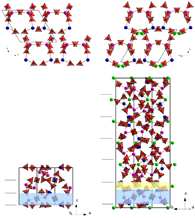| bottom |
 Radovan Cerny
Radovan Cerny

Education
Charles University in
Status
Professeur Associé
Postal Address
QUAI ERNEST-ANSERMET 24
1211 GENEVE 4
Telephone
Number
+41 22 379 64 50
Fax Telephone
Number
+41 22 379 61 08
E-Mail
URL
http://www.unige.ch/sciences/crystal/cerny/rcerny.htm
Room Number
Sect. phys. S28b
Finding the office
The quai
Ernest-Ansermet runs parallel to the Arve river. No. 24 is a building marked Ecole
de Physique close to the television studio tower. Enter the building
by the main entrance on the quai Ernest-Ansermet and once inside walk down the stairs to the left
of the reception desk. Once downstairs follow the long corridor to the right
and the office is on the left-hand side. To help you along you may consult
a map of Geneva.





3_small.png)
4.png)
3.png)
13_small.png)
3.png)
4.png)